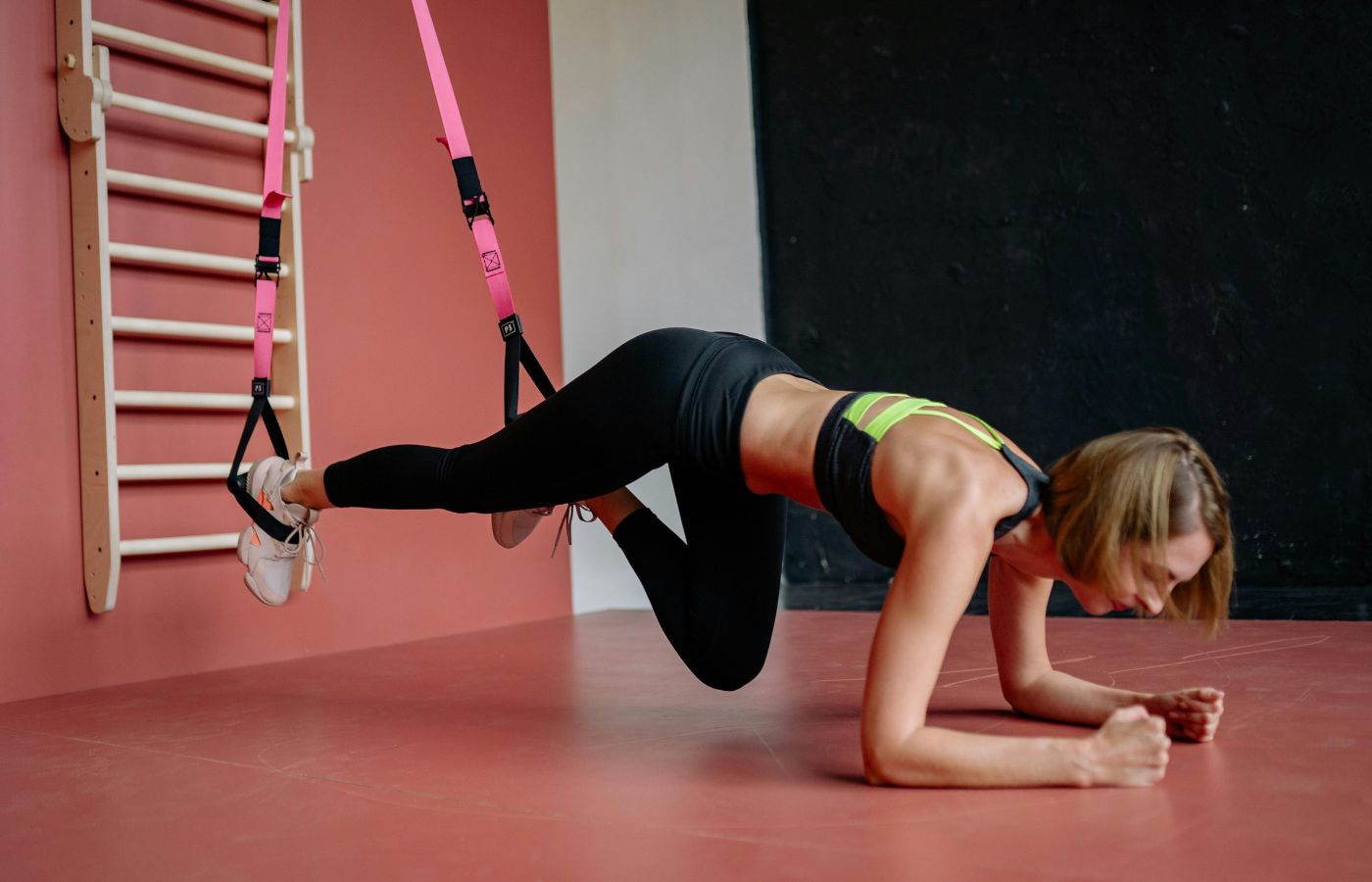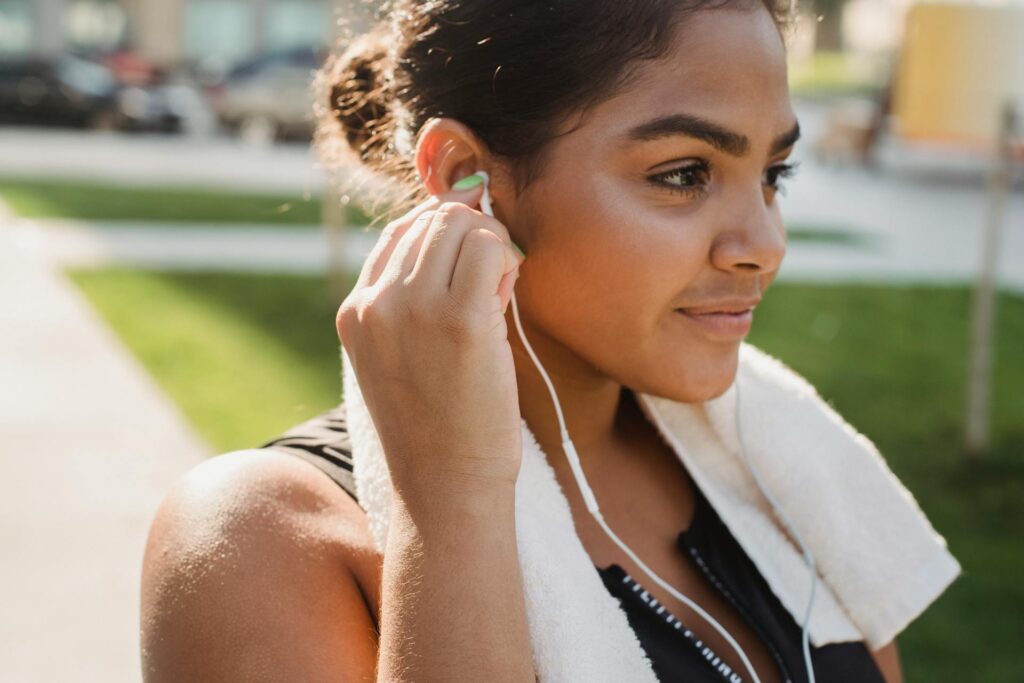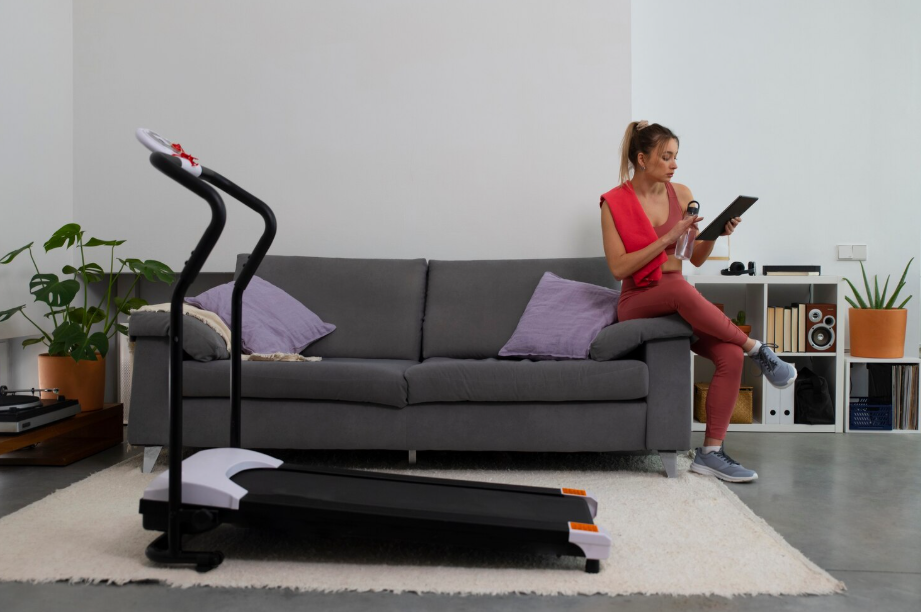Fitness trends come and go. What was hot last year might already feel outdated. But 2025 is shaping up to be more than just a shuffle of new classes and gadgets. It’s a shift in how people approach movement, recovery, and health as a whole.
Let’s break down what’s trending, what’s fading, and what’s actually worth your time.
What’s In:
1. Functional Strength Training
This year, it’s not just about getting stronger—it’s about getting stronger for real life. Functional training focuses on movement patterns you use every day: squatting, lifting, twisting, and balancing.
Expect more workouts using kettlebells, sandbags, bodyweight drills, and resistance bands. The goal? Improve how you move, not just how you look.
2. Low Impact, High Intensity
HIIT isn’t going anywhere, but it’s evolving. The new wave of high-intensity training protects your joints while still pushing your limits. Think slow mountain climbers, banded circuits, and bike sprints instead of burpees and box jumps.
People want results, but they’re also tired of injuries. The shift to joint-friendly intensity is here to stay.
3. Recovery as a Ritual
Recovery is no longer an afterthought. More people are building it into their routines with mobility work, guided breath sessions, contrast showers, and compression boots.
Gyms are offering dedicated recovery rooms. Apps are launching guided stretch flows. And wearable tech is tracking rest as carefully as it does steps and calories.
4. AI-Powered Personalization
Fitness apps are getting smarter. With AI tools, workouts are now tailored to your energy levels, goals, sleep, and even mood.
Platforms like Future, Tempo, and others are using data from wearables to adapt your workouts in real time. Your plan evolves with you, just like a real coach would.
5. Strength Training for Longevity
Gone are the days when cardio ruled the aging conversation. In 2025, strength training is front and center for aging well. It supports bone health, balance, and metabolism, and helps you stay active long into the future.
Expect more beginner-friendly strength programs aimed at older adults, and a focus on lifting for life, not just for looks.
Read More: What’s Better: Morning or Evening Workouts? A Look at the Research
What’s Out :
1. One-Size-Fits-All Challenges
Those month-long fitness challenges promising a “total body transformation” are losing steam. People are craving sustainability over extremes.
Rigid programs that don’t adapt to your schedule, energy, or body type are falling out of favor. Flexibility and personalization are the new gold standard.
2. Over-Training Culture
The hustle mentality is fading. Burning out at the gym five days a week isn’t seen as impressive anymore—it’s seen as a red flag.
More fitness communities are promoting balance: work hard, rest well, and respect your limits. It’s less “no pain, no gain” and more “train smart, live better.”
3. Trendy Equipment Fads
Mini trampolines, vibrating plates, smart mirrors—some of these tools had their moment. But unless they deliver real, lasting results, people are moving on.
Simple, versatile gear like resistance bands, kettlebells, and adjustable dumbbells are sticking around. Flashy tools without functional value are being left behind.
4. Fast Fix Diet Culture
Fitness and nutrition are blending into a holistic picture of health. Extreme cleanses, magic powders, and “shred in 7 days” meal plans are being replaced by slow, steady habits.
People want energy, not restriction. They want food that fuels performance, not guilt.
What’s Actually Worth Trying :
1. Hybrid Workouts
Combining strength, cardio, and mobility into a single session is gaining traction. Workouts like “lift and flow” or “strength and stretch” let you hit multiple goals in one efficient block of time.
It’s smart, time-saving, and perfect for busy schedules.
2. Smart Programming for Home Gyms
You don’t need a full rack and treadmill to train at home. More companies are creating app-based programming that works with limited equipment and small spaces.
If you’ve got a mat, some bands, or a single dumbbell, you’re good to go. The quality is in the plan, not the gear.
3. Mental Fitness Integration
Workouts that combine physical effort with mental training—like breath work, visualization, or mindfulness—are getting attention. It’s not just about burning calories anymore. It’s about feeling better in your mind and body.
Even five minutes of focused breathing after a workout can lower stress and support recovery.
2025 is all about smarter fitness. More personalization. More recovery. More sustainability. Less burnout. Less noise.
The trends worth following are the ones that make you feel better, not just look different. Move in ways that support your goals, respect your body, and fit your life. That’s not just a trend. That’s a long-term win.
Read More: The Best Fitness Apps of the Year: What to Download and Why



